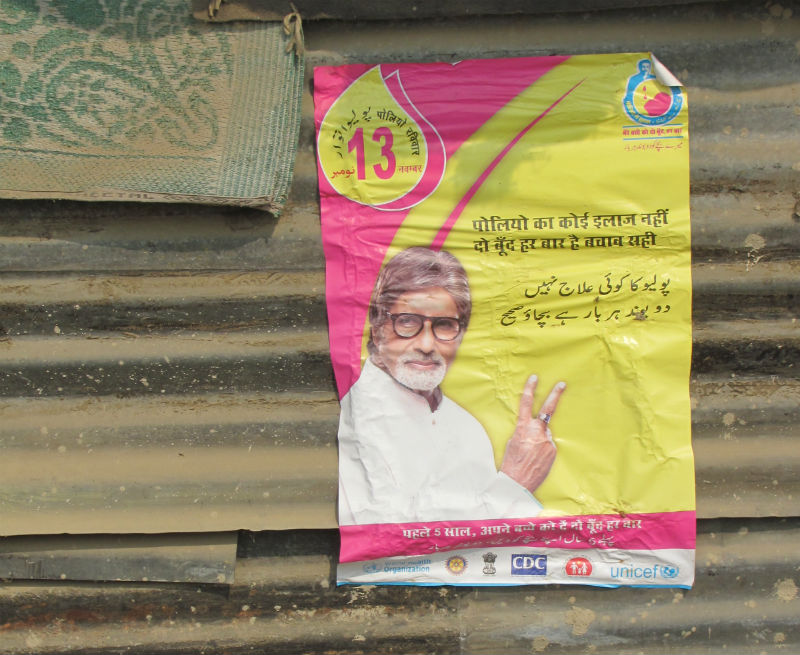 This successful 2011 campaign used posters as part of a drive to encourage immunisation against polio. Would future mobile-facing campaigns be as effective?
This successful 2011 campaign used posters as part of a drive to encourage immunisation against polio. Would future mobile-facing campaigns be as effective?
Widespread mobile phone ownership in developing countries may put the very poor at a disadvantage as health services adapt by catering to mobile owners, a study in India claims.
Using health data from rural India, Marco Haenssgen, a health systems researcher at Oxford University and author of the study, found lower access to private care in areas where most people own mobile phones.
This was especially the case for people without mobiles who live in areas with high ownership of these devices.
Using data from the 2005 and 2012 rounds of the Indian Human Development Survey, Haenssgen selected 12,000 households that had an illness in both years. In 2005, only three per cent of rural Indian households owned mobiles, but by 2012 it was 75 per cent. He then compared those without phones who live surrounded by people who have their own handheld gadgets to those without phones who live in areas with low mobile ownership.
Haenssgen found that in areas where only a quarter of the households owned phones, 70 per cent of those without these devices accessed a private doctor when they were sick. But in areas where three-quarters of the households had phones, this dropped to 65 per cent.
The association was more powerful when he considered only the very poor who had no phones. Their likelihood of accessing a private doctor dropped by ten per cent as phone ownership shot up around them, while phone-owners’ access increased by four per cent on average.
The correlation did not exist for accessing a public doctor — but a similar trend may come for the public sector as it follows policies in the private sector, Haenssgen notes.
The study is due to be published in the journal World Development.
Murari Chowdhury, executive director of NEEDS, an NGO based in Deoghar in Jharkhand, India, says mobile phones are enhancing the efficiency of health workers. For example, they can now identify and track at-risk patients, instead of waiting for the patients themselves to access medical services.
“I very much disagree with the data. Mobile technology is actually reducing the discrimination,” he says. NEEDS previously won awards for its mHealth projects.
Alain Labrique, founding director of the Johns Hopkins University Global mHealth Initiative, Baltimore, US, says, “There is a lot of data — including our own — showing rapidly decreasing 'digital divides'. Not having a phone is not, in my understanding of these observations, expressly causal of health disparities, and rather, more likely a proxy of poor socio-economic status.”
Haenssgen says private health services in India are adapting to the fact that their patients own phones, and families with phones often demand more from health services: they might call nurses, for example, or leapfrog clinic queues by making appointments beforehand.
He calls for more research into the social impact of mHealth (mobile health), which refers to mobile-device supported medical practice, saying it has been swept up in an optimism that has left quantitative analysis behind.
“Everyone is assuming that mobile phones are making the world better,” Haenssgen says. “My point isn’t that they make the world worse... But that no one is questioning it.”
This article was originally published by SciDevNet under a CC-BY licence
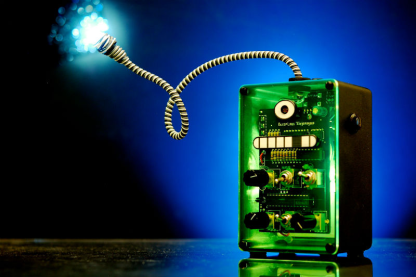
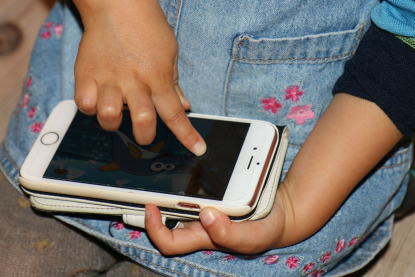
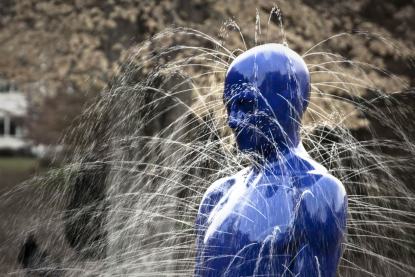
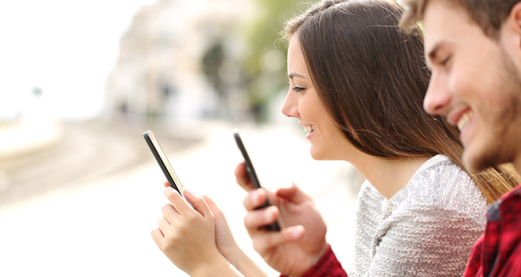
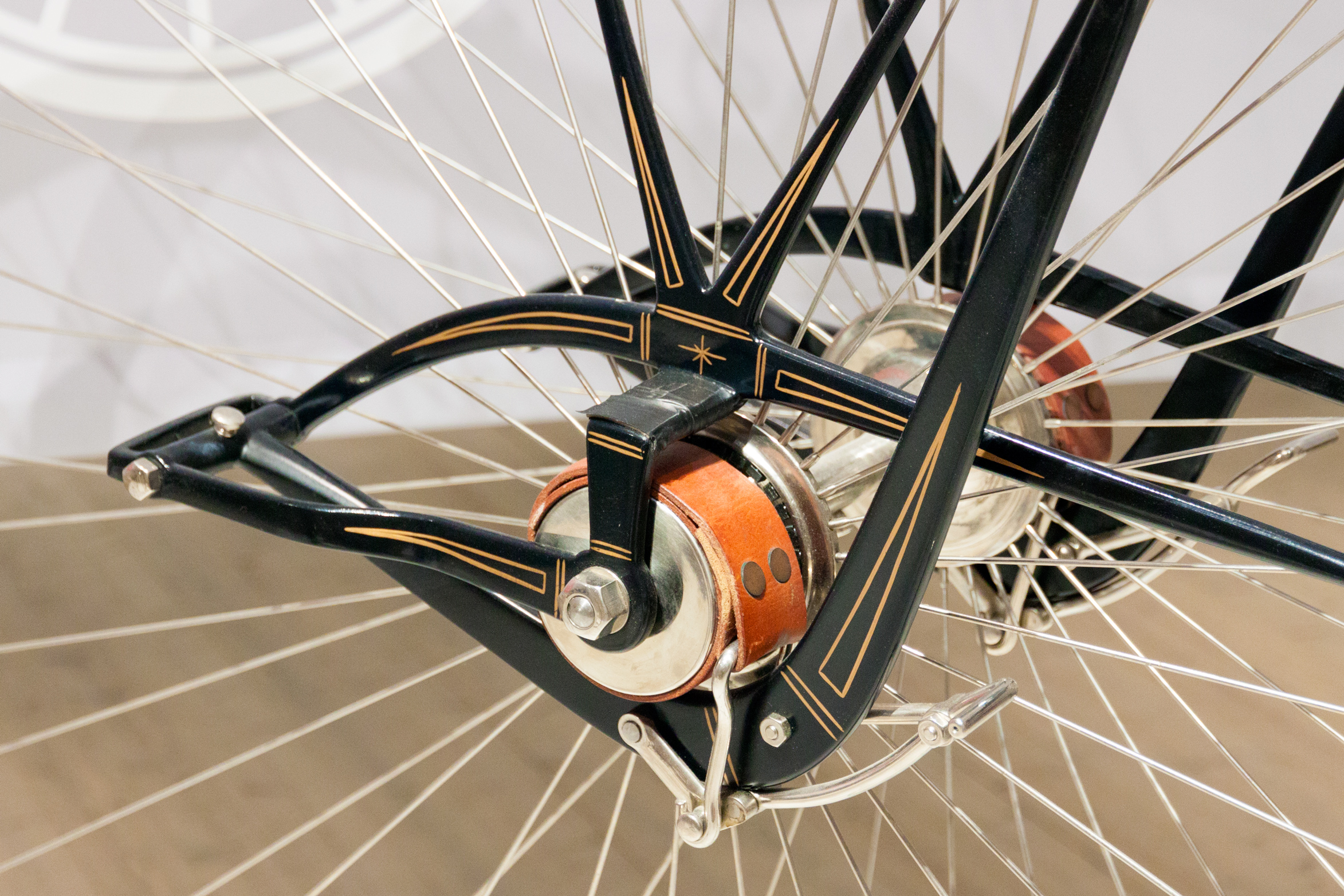
Rate and Review
Rate this article
Review this article
Log into OpenLearn to leave reviews and join in the conversation.
Article reviews